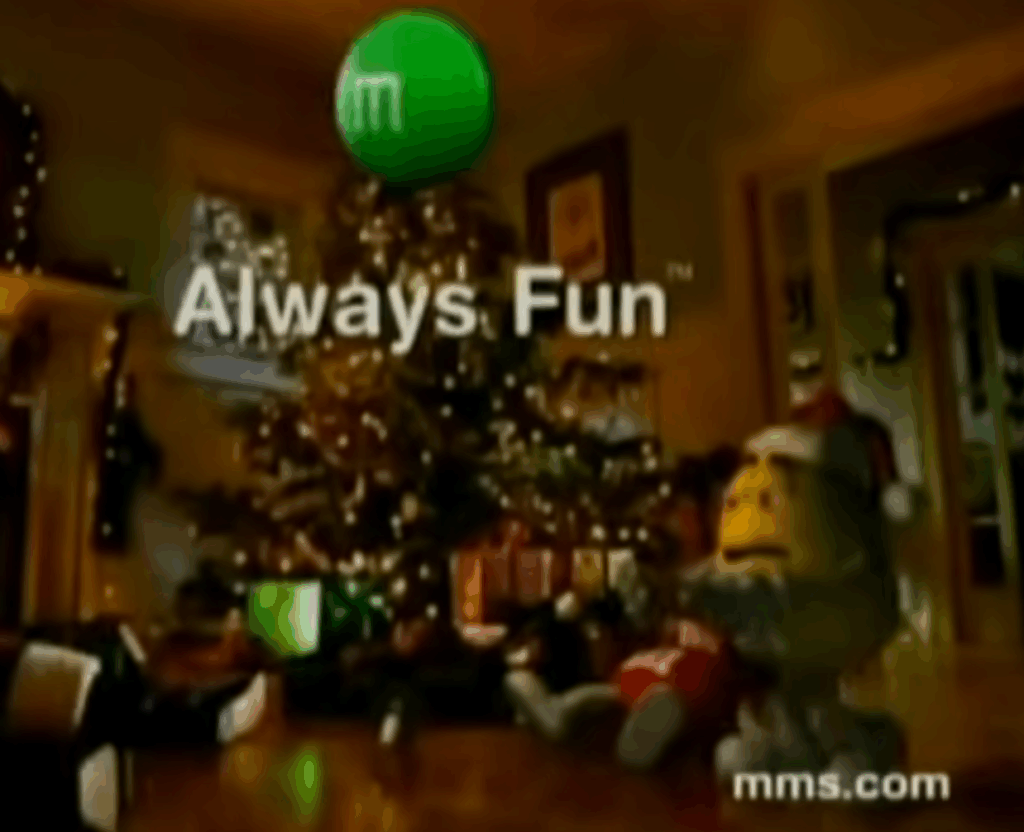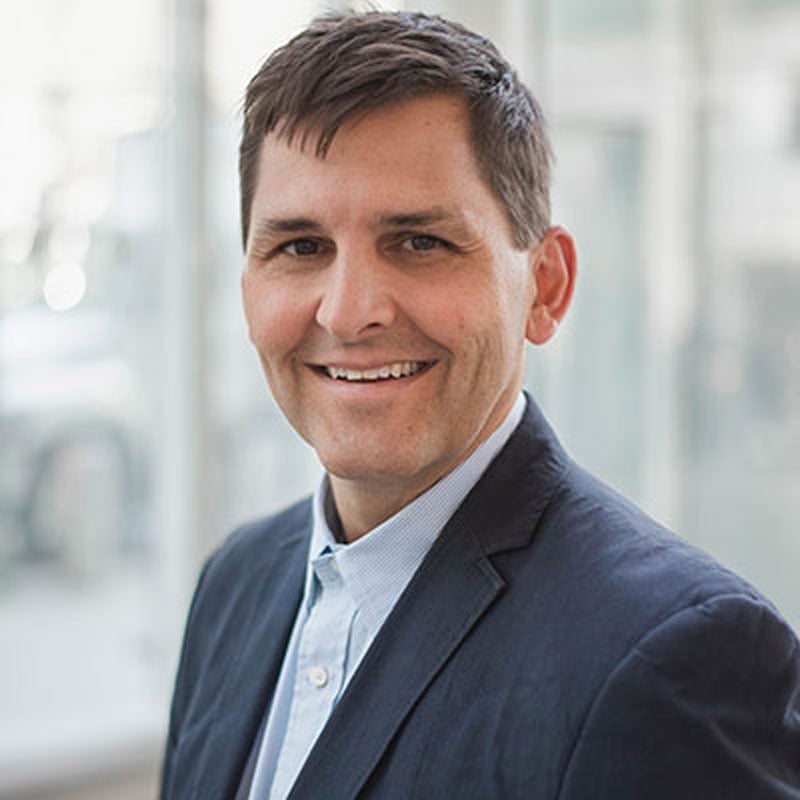When the National Multiple Sclerosis Society saw the Internet handwriting on the virtual wall, it looked to the for-profit sector for someone to translate.
Last year, it found Laurence Gottlieb, a former marketing director for a major energy company in the New York City area. As national director of marketing, he’s overseeing the retooling of the Society’s Web site (www.nmss.org), which is scheduled to debut this month.
The site’s sharpened focus will “reflect where the future of fundraising is going,” he says. “The new marketing buzzword is `permission marketing.’ Questions such as, Would you like to be placed on a mailing list? and Would you like to receive updates? lead to better follow through. It puts [potential] donors in control. People like the idea that they are in control.”
Of course, a key goal of the site is to provide information to people with MS and their families on research, new programs and clinical experiences in a coherent and accessible manner online.
“It’s a shared responsibility,” Gottlieb says of the Web content provided by various departments. “But that’s why we can provide up-to-date, recent and accurate information. That’s what people come to us for.”
Although donations have been accepted online for the past year, Gottlieb has been working with the Society’s outsourced direct mail vendors to provide a “better engine for better giving” within the revamped site. But the Society isn’t abandoning more traditional ways of interacting with members.
“The [new] site is being designed with the users’ needs in mind,” he says. “So, we’re offering better, faster navigational tools for searching the site and accessing information. Our goal is for the user to get the information he or she needs in three clicks. Basically it’s a for-profit Internet model for conducting business applied to a nonprofit objective.”
Through its home office on Third Avenue in New York, and its 135 chapters, branches and divisions across the country, the National Multiple Sclerosis Society provides programs to over 1 million people annually. It maintains a 24-hour information line, 1-800 FIGHT MS, which links people to a nearby office where someone will answer questions, offer referrals to local resources, send literature and help solve problems.
Nationwide, Society income in 1998 was $125 million. The bulk of that was raised by chapters supported by national fundraising programs such as the MS Walk, Marathon Strides Against MS, bicycling events and other volunteer-driven special activities. In turn, the chapters contribute 40% of their unrestricted income to support programs such as nationwide publications, continuing education, outreach to the nation’s healthcare professionals, the annual teleconference on managing MS symptoms, the Web site and research projects at leading medical facilities. Approximately 75% of Society income is devoted to research, member and chapter services, and public and professional education; 25% is invested into support services such as fundraising and Society management.
The Society has a centralized marketing program based in Denver with an annual income of about $20 million. Chapters don’t do any direct marketing on a local basis, relying instead on print material created for the national organizations for all prospecting, donor renewal and volunteer-based mail campaigns by outside vendors. Nancy Jo Pauley, DM manager for NMSS, says telemarketing is only used to contact the Society’s best donors to solicit them for the Helping Hands campaign, which was started about five years ago.
Helping Hands is a volunteer-based mail campaign introduced during NMSS’s 50th anniversary year to engage their best donors in asking everyone they know to support the MS cause. By phone, these donors are asked if they’d like to receive a campaign kit (50% to 55% do). Each person is asked to send out 10 to 15 pre-drafted letters to family, friends and associates asking if they will support the MS cause. Typically, says Pauley, they have a 26% to 40% response rate, mostly from new donors. The first year, 98% were new donors to the Society. About 36,000 volunteers accepted a kit during the first year of the program; NMSS netted 48,000 to 58,000 new donors, with a “profit” of $20.64 per new donor. Last year, 75,000 donors volunteered to receive the Helping Hands kits.
Approximately 170,000 new donors are generated annually each year from direct mail prospecting efforts.
Inside MS, a full-color lifestyle magazine, is mailed quarterly to 700,000 donors. Gottlieb notes that the timeliness gap the magazine faces in news coverage will be filled by the Web site, which will present breaking news on a regular basis. And as the number of Internet users increases, so too will the Web’s role in the Society’s marketing efforts – even if it doesn’t have the deep pockets of many for-profit online enterprises.
“Nonprofits tend to be a step behind but the Internet levels the playing field,” says Gottlieb. “People expect the same experience from us as they get when they go to Amazon.com but we can’t spend $100 million to give it to them. We have to make do with what we’ve got.”



